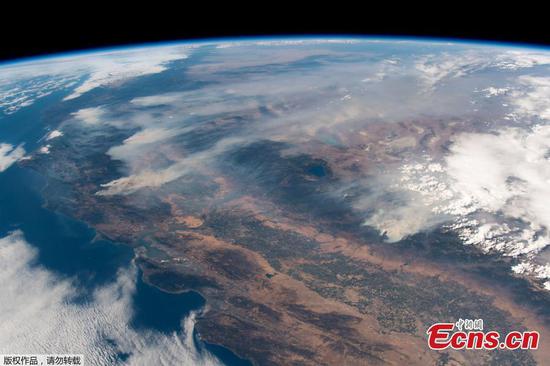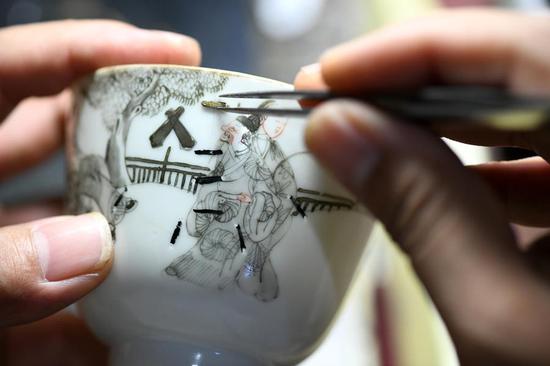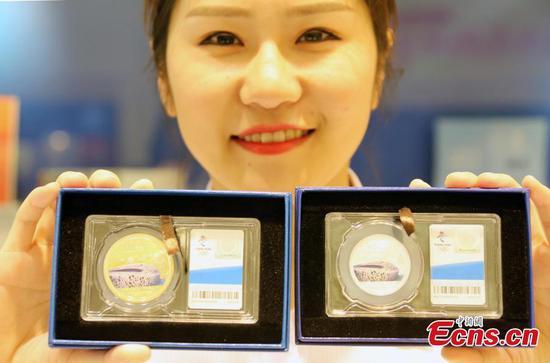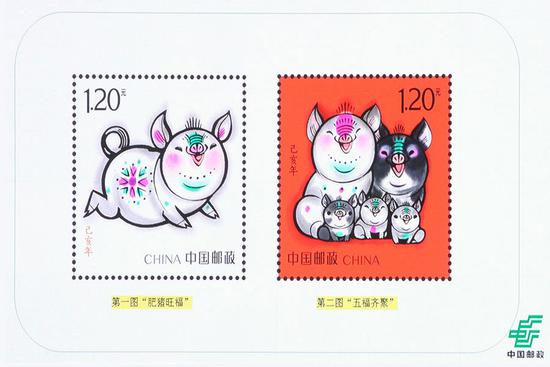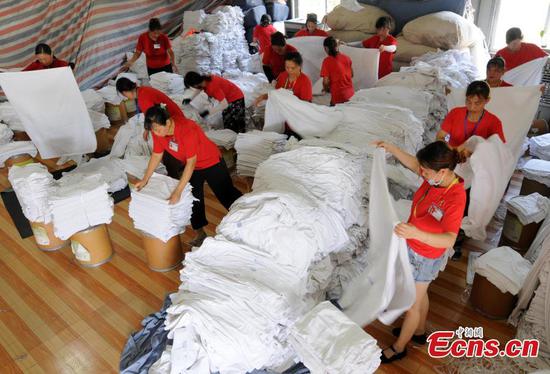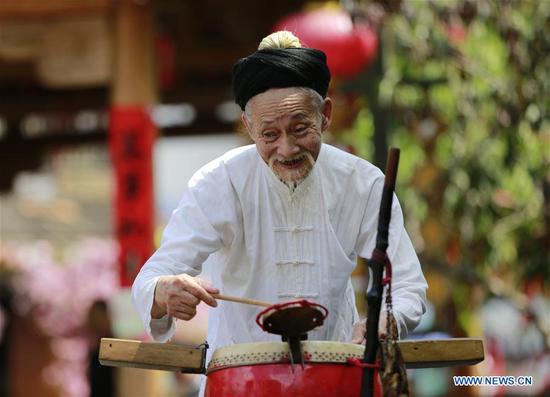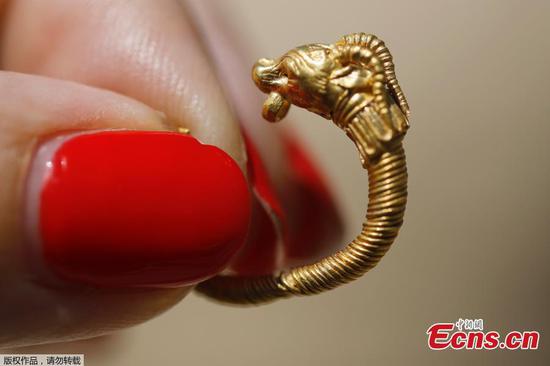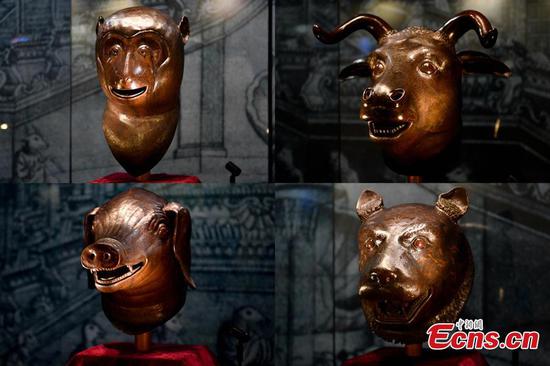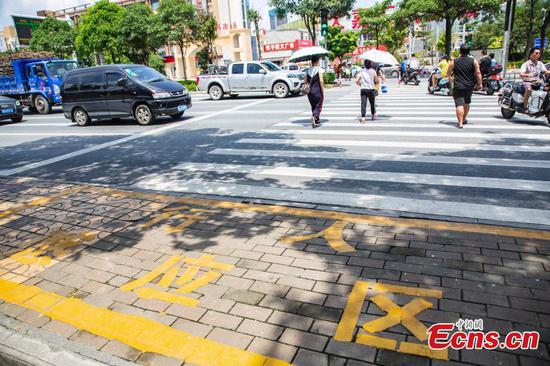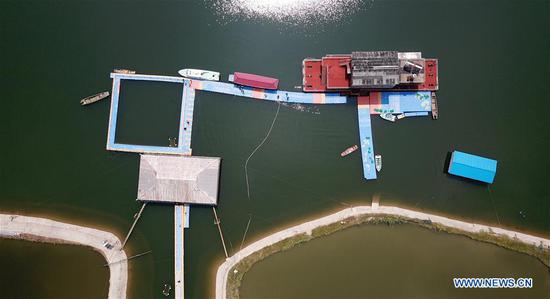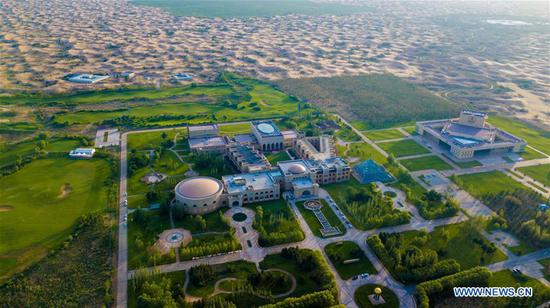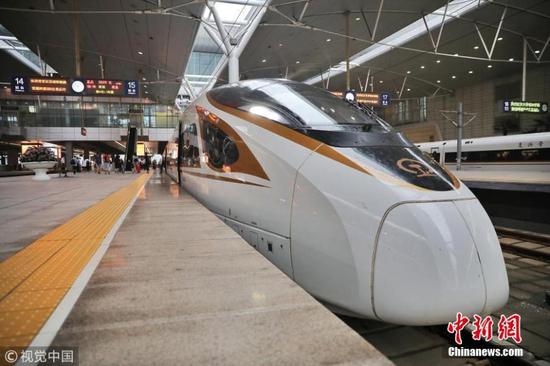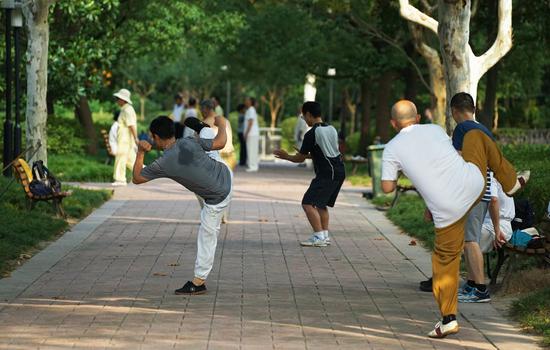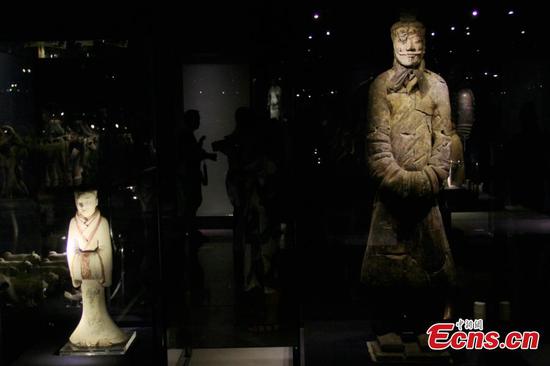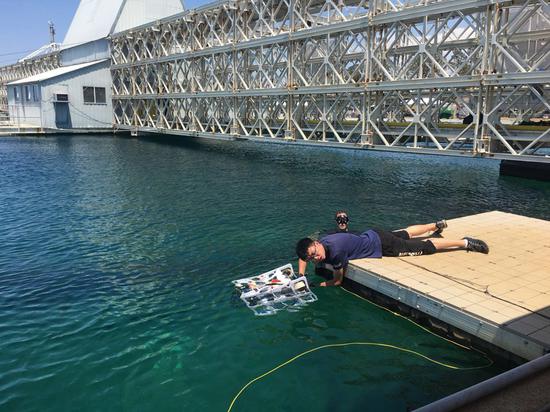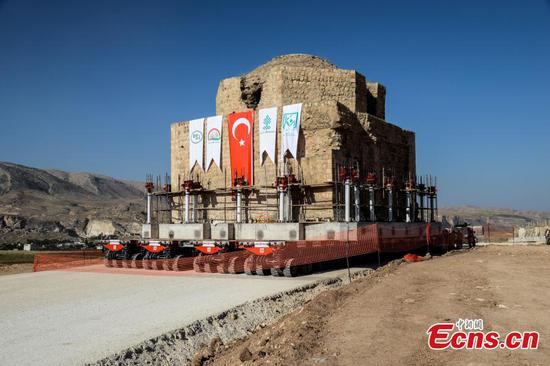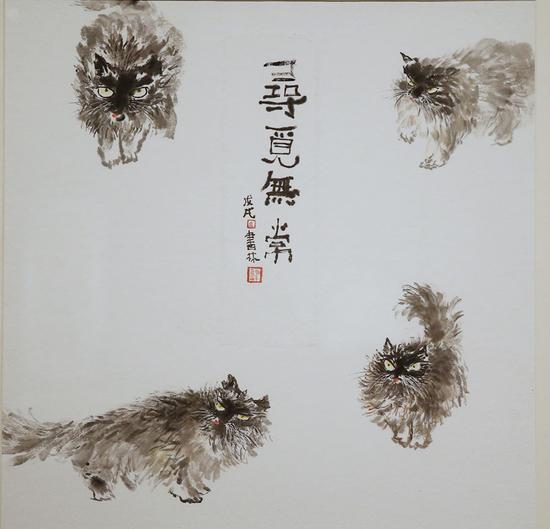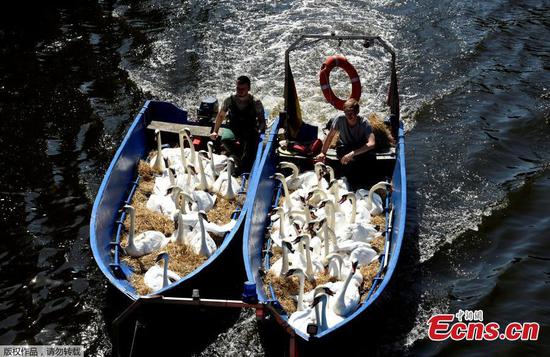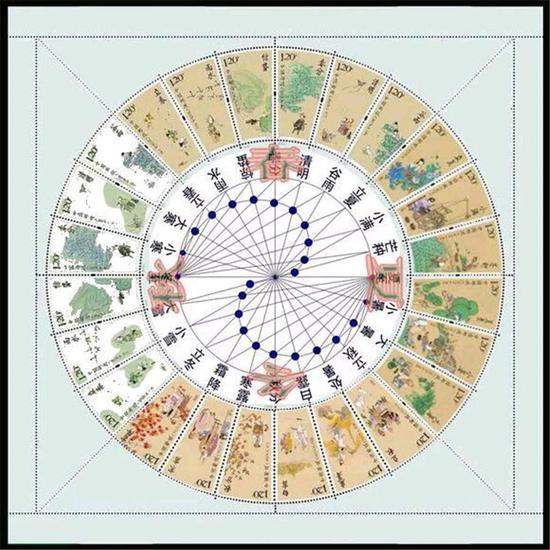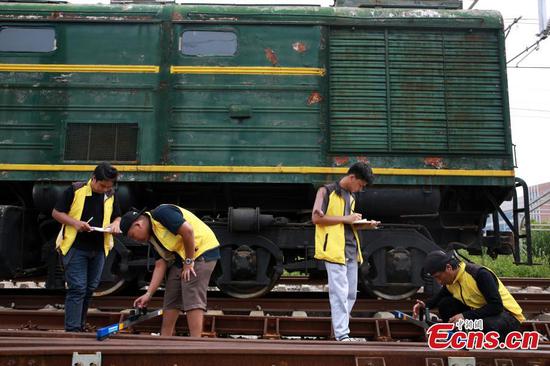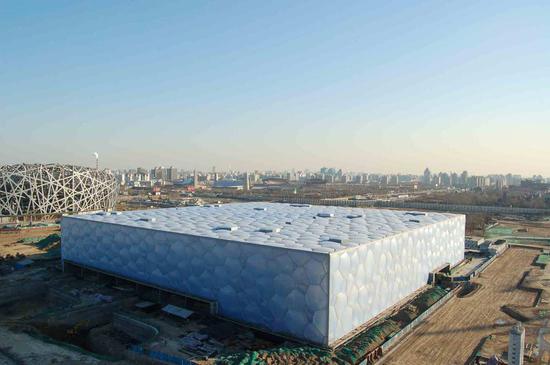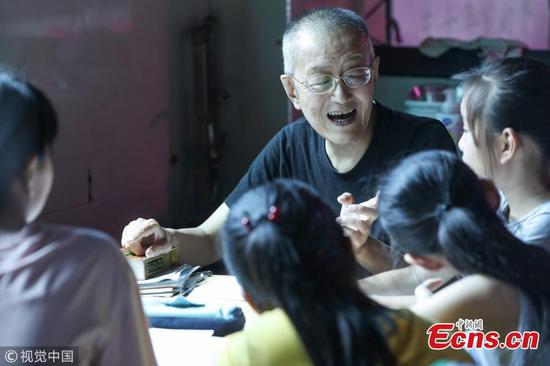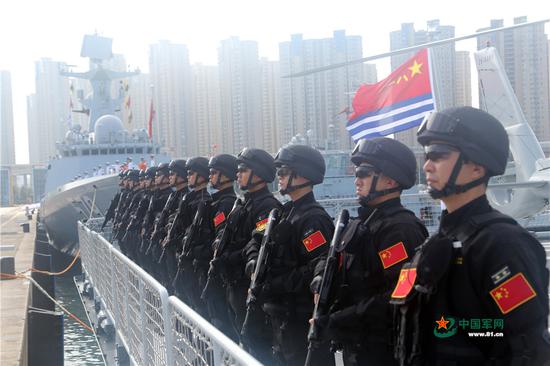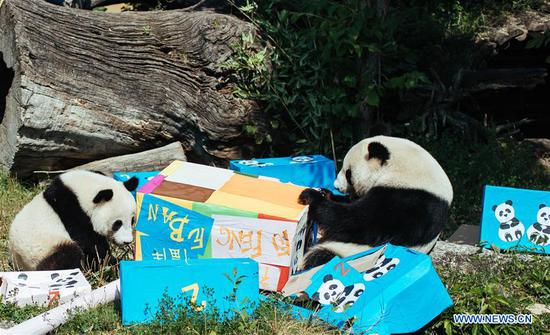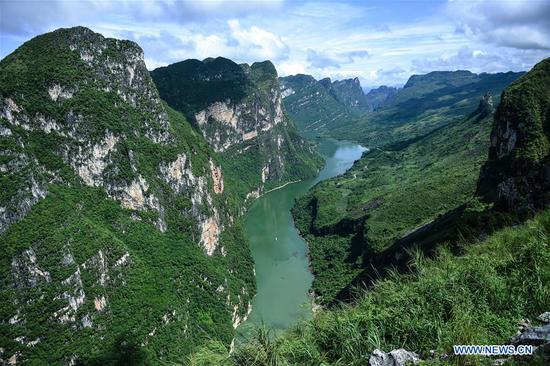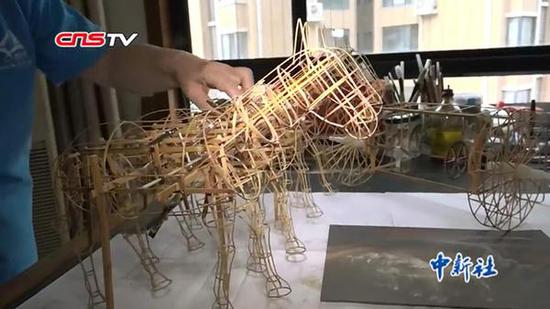Moderate consumer price index (CPI) and producer price index (PPI) growth will provide more leeway for Chinese policymakers in helping them focus their attention on coping with external uncertainties, reducing corporate debt and stimulating domestic demand, experts said on Thursday.
China's CPI, a main gauge of inflation, rose 2.1 percent year-on-year in July, compared with 1.9 percent in June, data from the National Bureau of Statistics (NBS) showed on Thursday.
China's PPI, which measures costs of goods at the factory gate, rose 4.6 percent year-on-year in July, down from 4.7 percent in June, the NBS said on the same day.
On a month-on-month basis, China's CPI gained 0.3 percent from June to July.
Price rises for fuel, medical and healthcare, travel, education and living expenses were the major reason for the CPI rise from June, said NBS statistician Sheng Guoqing.
"Bad weather in July disrupted the production and transportation of agricultural products, weighing on prices, but general CPI growth was within an affordable range," said Tang Jianwei, researcher with the Bank of Communications, with such moderate changes to give the central government more leeway for its monetary policies.
China is aiming to keep annual CPI growth at around 3 percent this year, the same as the target for 2017.
Niu Li, director of the State Information Center's Macroeconomic Research Office, told the Global Times on Thursday that July CPI data and PPI data are better than expected.
"The CPI growth rate is slightly higher than my expectations, due to price rises in services from rising labor costs and rising costs in services such as medical and leisure, but the pickup is not too much," Niu said, noting that prices of goods have been kept at low range in recent years and contribute less to CPI growth than that of services.
The July PPI growth rate slowed down a notch from a three-month rise from April to June, according to the NBS data. Month-on-month, producer prices edged up 0.1 percent in June, slower than the 0.3 percent rise in June.
Factory prices of production materials grew slower at 6 percent year-on-year while those for consumer goods grew slightly faster at 0.6 percent year-on-year.
Sheng Guoqing said that these carry-over effects resulted in a rise of 3.9 percentage points in PPI growth, with the remainder expansion of 0.7 percentage points being generated by new factors.
"PPI data was surprisingly unaffected by external factors in July and stayed in a high range, which shows that the trade war is yet to impact the Chinese production sector. This is in line with better-than-expected exports data released on Wednesday," Niu said.
In short, inflation won't be too much of a concern for policymakers at this stage in the year, adding no strains to macroeconomic policy, Niu said.
The weakening PPI trend could be reversed when announced plans to boost infrastructure build up on weak economic links kick in during the second half, Tang said.
In the first seven months of this year, the PPI rate increased 4 percent from the same period in 2017.










